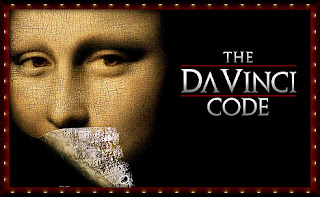"The Christians, like the Caesars, applied the language of euangelion (“gospel” or “glad tidings”) to their movement. The Christians, like Rome, taught that they held the answer for bringing justice, order ,and peace to the world (Lk. 2:13–14; Jn. 14:27). The Christians, like the Romans, claimed that a single man had rightful dominion over the whole earth (Mt. 28:18). The Christians, like the imperial religion, offered a sense of community to previously warring pluralities (Gal. 3:28). The Christians, like the religion of Rome, were intent on evangelizing the world (Mt. 28:19). But whereas the Caesars sought to Romanize the world through brutality, force, and bloodshed, the Christians sought to evangelize the world through love, self-giving, and sacrifice. The glad tidings of Jesus was therefore bad news for Caesar, since it proclaimed there was another way to transform the world that was superior to Caesar’s way. It announced that God had called out a people whose vocation was to work for peace and justice on Jesus’ terms, not Caesar’s.
.
Even when the early Christians submitted to the ruling authorities, there was an implicit challenge. In writing to the Romans, Paul made clear that the reason Christians were to submit to the civil magistrates is because the rulers have been placed there by the higher authority of God (Rom. 13:1). Though the Caesars liked to think of themselves as subject to no one, Christians proclaimed that earthly rulers are God’s ministers, responsible for carrying out His business here on earth (Rom. 13:2–7). The idea that Caesar’s authority was derivative rather than ultimate was nothing less than fighting talk in the politically tumultuous days of the first and second centuries.” Saints and Scoundrels, page 43-44
____________
Read my columns at the Charles Colson Center
Read my writings at Alfred the Great Society
To join my mailing list, send a blank email to robin (at sign) atgsociety.com with “Blog Me” in the subject heading.
Click Here to friend-request me on Facebook and get news feeds every time new articles are added to this blog.





